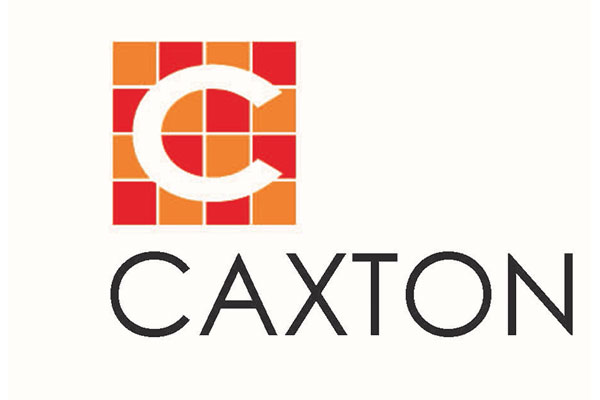With almost 50 years in the industry, Caxton CTP has taken steps to ensure that all elements of their print production do not negatively affect the environment.
There is a global shift towards going paperless in an effort to save the environment, and a number of companies have been quick to join the bandwagon. However, there is a lack of statistical information and research that shows that going paperless is in fact better for the environment. And while cellphones and laptops might reduce paper waste, they’re not quite green enough to plant and fertilise our soil.
Caxton ensures that their customers and clients enjoy premium paper, news and entertainment quality through their magazines, newspapers and packaging arms. By partnering with international and local suppliers that are globally compliant, Caxton stands firm in their assertion that they have the environment’s best interests in mind.
Controlled supply of paper material
Caxton’s network of paper product suppliers are certified practitioners who source their paper from plantations and controlled environments. This ensures that the proper procedures have been followed in procuring the materials, but also in handling and managing by products and wastage.
Sappi, one of Caxton’s local suppliers, prides itself on certification of their products.
“Forest certification gives our customers the assurance that the trees used in our pulp and papermaking processes originate from plantations that are managed according to the standards and requirements of sustainable forest management,” Sappi Sustainability Report, 2017.
By-products and wastage
There are systems in place to handle the by-products and water usage involved in the entire process from plantation to print.
Through Caxton’s deliberate and strategic partnerships with their suppliers, by-products are re-used and invested in other industries. For example, boiler ash is used as raw materials, and pith is used as soil enhancer by farmers.
Recycling
In addition to users recycling paper materials in their homes, such as newspapers and boxes, Caxton’s paper suppliers have put in efforts to make sure that what they take out is put back through reforestation and replanting.
“The demand for paper in turn creates a demand for forests, which have both environmental and economical benefits,” says Jaco Koekemoer, MD of Local Media & Coldset Printing.























































































